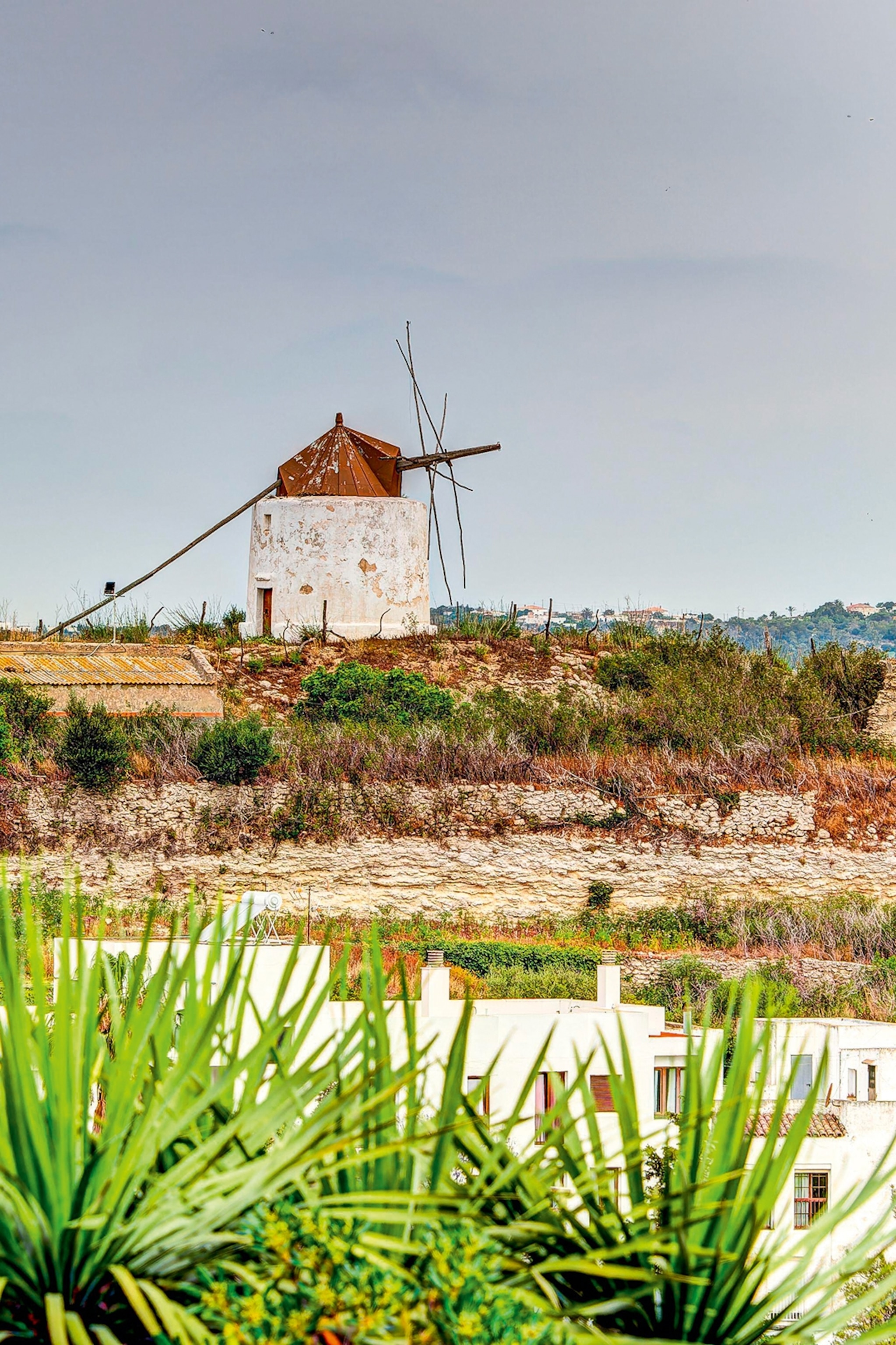This article was produced by National Geographic Traveller (UK).
The coastal plain far below is enveloped in a shadowy slumber as dawn strikes the hilltop town of Vejer de la Frontera. The first rays of the day glance off the tiled fountain in Plaza de España and provoke the sparrows in the square’s orange trees into a chattering frenzy. All around, whitewashed stone houses gleam in the soft Andalucian light. I sit with a coffee on a sun-warmed bench in this central square and watch the Costa de la Luz (Coast of Light) slowly awaken.
Where the inviting blue of the Atlantic meets the shore, a thick band of gold incrementally appears: the fabled beaches of this unheralded coastline. It’s around 120 miles from one end of the Costa de la Luz to the other. It starts where mainland Europe seems close enough to Africa to bound across, and follows a northwesterly arc as far as the Portuguese border. Yet, save for the near-endless sand, it’s an anomaly among the Spanish Costas. Here, development is restrained and Spaniards make up the majority of visitors. The landscape, fed by the cooler currents of the Atlantic, wears a coat of deep green, and conspicuous wealth is eschewed in favour of understated luxury.

Built in the 19th century, traditional windmills pepper the local landscape. Photograph by Mehdi33300, Alamy

Try not to get lost in Vejer de la Frontera’s labyrinthine alleyways, which reflect its Moorish past. Photograph by Stefano Politi Markovina, Alamy
As a vantage spot, Vejer is almost unrivalled. But it’s only by tracing the shoreline, and feeling and smelling the ocean spray, that one captures the true essence of this region. I finish my coffee and make a beeline for the coast, weaving through the contours of the wildflower-speckled La Breña y Marismas del Barbate Natural Park to reach the shore just south of the fishing town of Conil de la Frontera.
The sun has really risen now, beating down hard on the back of my neck. A posse of board-shorted surfers strides purposefully through the dunes, their eyes fixed on the rolling waves. There’s a dog walker and a couple of sunbathers in the lee of the wooden lifeguard tower but otherwise…nothing. Just miles of wild, windswept sand.
A lone stone tower tucked away in the dunes catches my eye. I hike over to it. The Tower of Castilnovo, a sun-bleached sign informs me, is the only remnant of a small fortress swept away in the tsunami that followed the Lisbon earthquake of 1755. It stands in a state of dignified dilapidation, the crows noisily contesting its nooks and lending the scene a pleasingly Hitchcockian quality.
The ancient island city of Cádiz is a short drive north, tethered to the Iberian peninsula by a brace of bridges and a causeway. It’s shaped like a gold bar and, surrounded by water and lit by the region’s perennial sunshine, it gleams like one, too.
I decide to stay in the old town, as one must. Three thousand years of history are layered onto this compact urban grid, though it’s the era of unfettered prosperity in the 18th century — when Cádiz had a monopoly on trade with the Americas — that’s left the most conspicuous imprint.

Hotel Casa de la Cuatro Torres sits in the historical centre of Cádiz and stuns with spacious interiors. Photograph by Hotel Casa de la Cuatro Torres
Hotel Casa de las Cuatro Torres is a legacy of this heyday. Built for a merchant-philanthropist called Juan Fragela, the building is as imposing as a town hall, topped with castellated walls and the quartet of watchtowers from which it takes its name. My room is extravagantly spacious, twice as high as it is wide. Glimpses of timber salvaged from centuries-old shipwrecks provide a counterpoint to the elegant contemporary decor.
I venture up to the hotel’s roof via a series of stone stairways. Around 160 towers once rose from this city and many remain. From these, merchants would train their spyglasses on approaching vessels then attempt to trade using an elaborate system of flags. The hotel has converted one of its towers into an exclusive hangout zone — part historical curiosity, part penthouse. From here, I take in Cádiz’s skyline, crowned by the sepia dome of the 18th-century cathedral, and the untrammelled sands stretching away into the distance.
As the lingering light of late evening ebbs away, I’m still there: once again, dazzled from on high by the Coast of Light.
How to do it
To subscribe to National Geographic Traveller (UK) magazine click here. (Available in select countries only).
